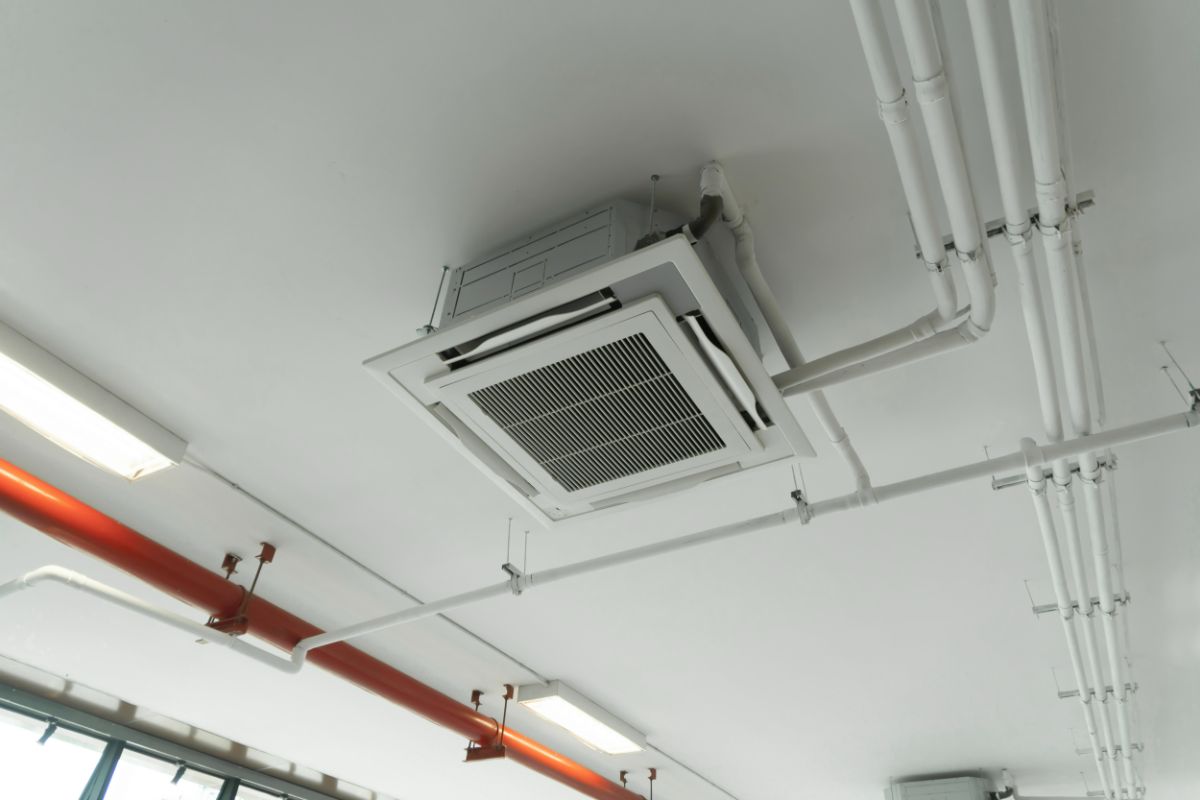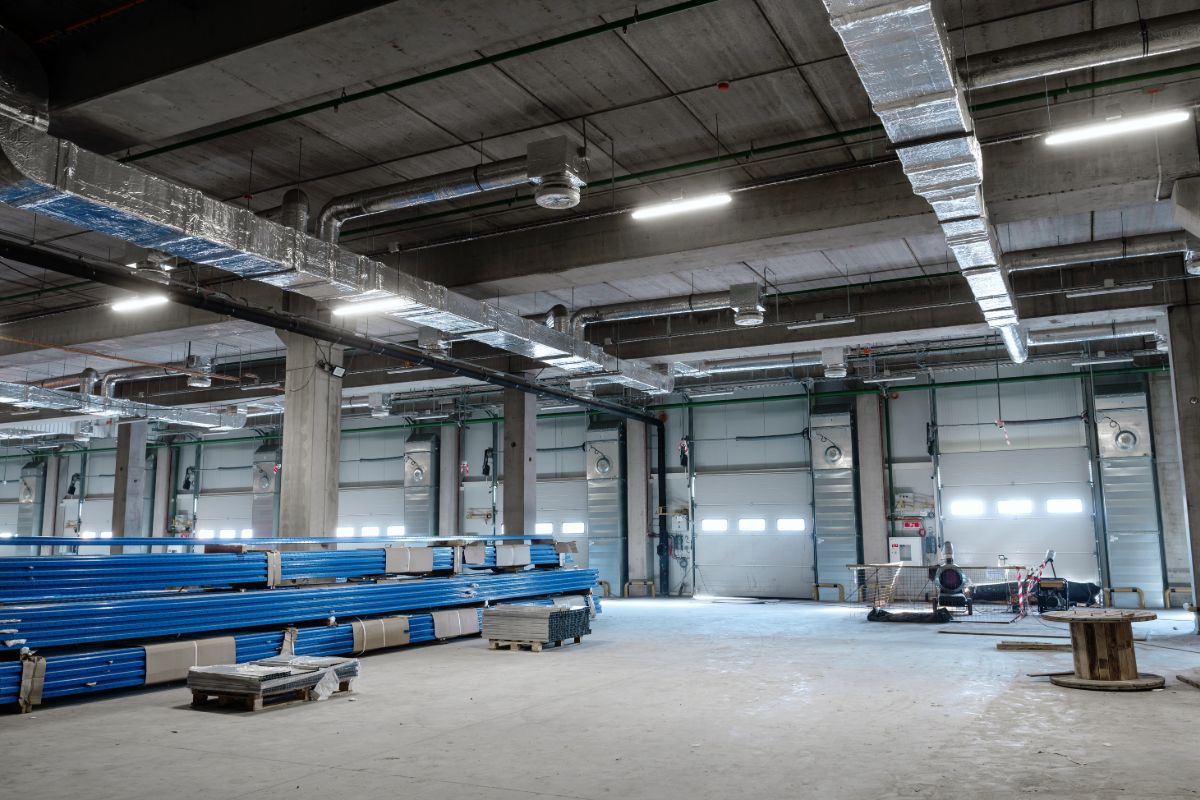How can you keep your mall shoppers comfortable with HVAC?
- Zone temperature control
- Prioritize fresh air and air quality
- Maintain a comfortable humidity level
- Use occupancy sensors and smart controls
- Incorporate natural ventilation strategies
Overview
- Mall companies prioritize the comfort and convenience of shoppers by using HVAC systems to maintain a welcoming atmosphere that encourages spending and exploration.
- Implementing zone temperature control in malls involves segmenting areas based on temperature needs, using dampers and thermostats for regulation, and integrating occupancy sensors for efficiency.
- Prioritizing fresh air, maintaining comfortable humidity levels, utilizing occupancy sensors, smart controls, and natural ventilation strategies can further enhance the shopping experience for visitors while reducing energy consumption and costs.
Comfortability has always been a factor that affects the shopping behavior of shoppers. That’s why mall companies go to great lengths to make sure their shopping centers are designed and maintained in a way that prioritizes the comfort and convenience of their customers, this includes the use of HVAC systems.
In this article, we will explore the different ways you can use these systems in keeping shoppers comfortable in malls. From their strategic placement to regular maintenance checks, understanding these will help you create a welcoming atmosphere that encourages them to spend more time exploring and making purchases.
Zone Temperature Control
Zone temperature control is a system used in buildings, especially in malls, to create different temperature zones with independent control. Here are some ways you can effectively do this with your HVACs:
Dividing the Mall into Zones
The mall needs to be segmented into zones with similar temperature needs. This could be based on activity level. For example, high-activity areas like food courts need cooler air, while clothing stores might prefer slightly warmer temperatures.
Installing Zone Dampers
You can also place dampers within your ductwork at the branching points leading to each zone. These dampers act like valves, regulating the flow of conditioned air to specific areas.
Thermostat Placement
Individual thermostats are installed in each zone to monitor and regulate the temperature. These thermostats communicate with the central control system to adjust damper positions as needed.
Occupancy Sensors
Occupancy sensors can be integrated into the system for further efficiency. These sensors detect when a zone is unoccupied and automatically adjust the temperature to a more energy-saving setting.
By implementing zone temperature control, malls can create a more comfortable shopping experience for visitors while also reducing energy consumption and costs.
Prioritize Fresh Air and Air Quality

Providing the right ventilation and maintaining high-quality indoor air is essential for creating a comfortable and healthy shopping environment. By bringing in fresh outdoor air and using high-efficiency air filters, you can remove pollutants, allergens, and odors, promoting a clean and rejuvenating atmosphere.
These not only enhance the overall shopping experience but also demonstrate your commitment to the well-being of your customers. Shoppers who feel refreshed and energized will engage with your stores, leading to increased sales and a stronger sense of loyalty to your mall.
Maintain a Comfortable Humidity Level
Excessively high or low humidity can make shoppers feel sluggish, sweaty, or even irritated. This discomfort can shorten their visit, limit browsing, and lead to less spending.
On the other hand, a comfortable humidity level creates a more inviting atmosphere. They feel more relaxed and will linger in the mall, increasing the chance of impulse purchases and satisfaction.
Achieving a comfortable humidity level is just as important as temperature control for a pleasant shopping experience in malls. While exact preferences can vary slightly, most studies suggest a range of 30% to 60% relative humidity as ideal for retail spaces.
Use Occupancy Sensors and Smart Controls

Occupancy sensors can detect foot traffic and adjust the temperature, airflow, and humidity accordingly, ensuring that the HVAC system is only operating at optimal levels when needed.
Smart HVAC controls can even further enhance this process by automatically optimizing the unit’s settings based on real-time conditions, reducing energy consumption, and maintaining a comfortable environment.
By leveraging these advanced technologies, you can create a more dynamic and responsive system that caters to the changing needs of your shoppers throughout the day.
Incorporate Natural Ventilation Strategies
While HVAC systems are the best way to make your malls comfortable, incorporating natural ventilation strategies can also help you enhance their effects and make your mall even more comforting. Here are some strategies you can try to achieve an optimal result:
Embrace Open Design with Atriums and Courtyards
Design the mall with a central atrium or courtyard that allows for natural light and air penetration. These open spaces can act as lungs for the mall, drawing in fresh air and encouraging natural stack ventilation.
Strategically Placed Openings and Wind Catchers
Utilize large windows, clerestories, and operable vents on facades to capture prevailing winds and channel them throughout the mall. Windcatchers, strategically designed vents on the roof, can also be used to harness wind for natural ventilation.
Landscaping for Cooling and Airflow
Incorporate landscaping elements like trees, shrubs, and water features within the mall and surrounding areas. These elements can provide shade, reduce the heat island effect, and promote evaporative cooling, improving air quality and comfort.
Mixed-Mode Ventilation Systems
Instead of relying solely on mechanical air conditioning, consider a hybrid system. Utilize natural ventilation strategies during comfortable weather conditions. Supplement with air conditioning during peak heat periods or when natural ventilation isn’t sufficient.
Smart Controls and Automation
Integrate building management systems that automatically adjust ventilation strategies based on real-time weather conditions. This can optimize natural ventilation use and minimize reliance on mechanical cooling.
Key Takeaway
Creating a comfortable shopping environment and keeping shoppers comfortable in malls is crucial for encouraging them to spend more time and money in malls. By leveraging advanced HVAC systems, mall companies can effectively manage temperature, air quality, and humidity to enhance the overall shopping experience.
Ensure your mall offers the ultimate shopping experience by keeping your customers comfortable with F.R. Sevilla. As experts in HVAC systems, we provide tailored installations, maintenance, and upgrades to create a welcoming atmosphere that keeps shoppers happy and engaged. Contact us today to get started!
RECENT POSTS

Cut Costs, Not Corners: Energy-Efficient Warehouse Cooling Solutions
What are the benefits of energy-efficient cooling solutions for warehouses? Lowers energy costs Improves employees produ
Read More

Why are HVAC Important in the Healthcare Industry
Why is HVAC important in the healthcare industry? Controls infections and improves air quality Regulates temperature and
Read More

The Role of HVAC Companies in Commercial Real Estate Development
What is the role of HVAC companies in commercial real estate development? Ensuring occupant comfort and productivity Ene
Read More